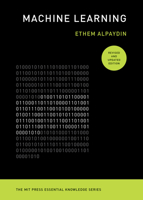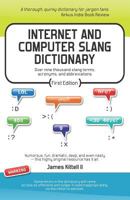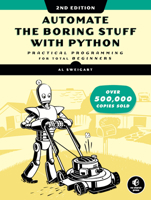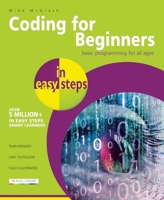Measuring Computer Performance: A Practitioner's Guide
Select Format
Select Condition 
You Might Also Enjoy
Book Overview
Measuring Computer Performance sets out the fundamental techniques used in analyzing and understanding the performance of computer systems. The emphasis is on practical methods of measurement, simulation, and analytical modeling. David Lilja discusses performance metrics and provides detailed coverage of the strategies used in benchmark programs. In addition to intuitive explanations of key statistical tools, he describes the general design of experiments technique and shows how the maximum amount of information can be obtained with minimum effort. Features include appendices listing common probability distributions and statistical tables and a glossary of important technical terms.
Format:Paperback
Language:English
ISBN:0521646707
ISBN13:9780521646703
Release Date:September 2005
Publisher:Cambridge University Press
Length:280 Pages
Weight:1.06 lbs.
Dimensions:0.6" x 6.7" x 9.6"
More by David J. Lilja
Customer Reviews
6 customer ratings | 5 reviews
There are currently no reviews. Be the first to review this work.














































